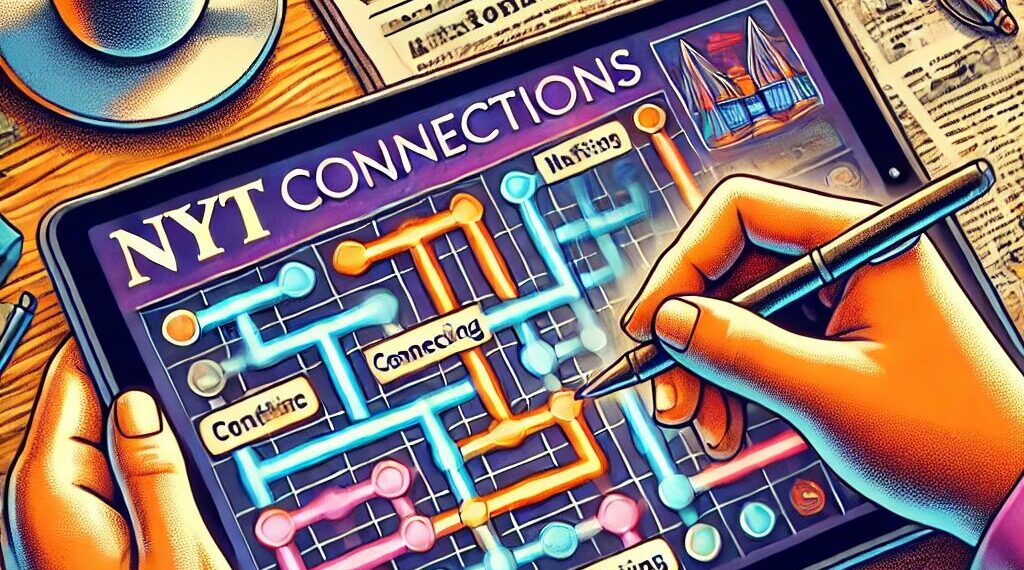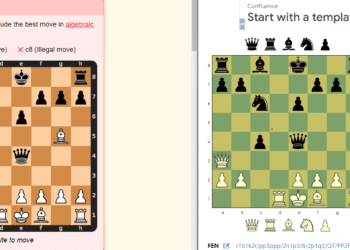Welcome, puzzle enthusiasts! If you’re a fan of brain-teasing games, then NYT Connections is likely on your radar. This captivating game, brought to you by The New York Times, offers a unique blend of challenge and entertainment. Whether you’re new to the game or a seasoned player, this guide will provide you with the hints and tips you need to master NYT Connections. So, let’s dive in and explore the exciting world of this puzzle game!
What is NYT Connections?
NYT Connections is a word association puzzle game that tests your vocabulary and critical thinking skills. The objective is simple yet challenging: connect a series of words based on their relationships. These relationships can range from synonyms and antonyms to more complex associations like thematic links or common categories. The game is designed to make you think outside the box and draw on your linguistic knowledge.
How to Play NYT Connections
Getting started with NYT Connections is straightforward. The game presents you with a grid of words, and your task is to find the connections between them. Here’s a step-by-step guide on how to play:
- Start the Game: Open the game on The New York Times website or app.
- Analyze the Grid: Look at the grid of words and start thinking about possible connections.
- Select Words: Click on the words you think are connected. If you’re correct, the words will highlight and form a connection.
- Complete the Puzzle: Continue finding connections until the entire grid is linked together.
Hints and Strategies for NYT Connections
Now that you know the basics, let’s delve into some hints and strategies to improve your game. These tips will help you see the connections more clearly and solve puzzles more efficiently.
1. Start with the Obvious Connections
Begin by looking for the most apparent connections. These might be synonyms, antonyms, or words that are commonly associated with each other. Identifying these easy connections first can give you a good starting point and help you build momentum.
2. Use Context Clues
Sometimes, the connection between words isn’t immediately obvious. In such cases, think about the context in which the words are used. Are they related to a specific theme, category, or field? Using context clues can help you make the right connections.
3. Look for Patterns
Patterns are a big part of NYT Connections. Pay attention to the structure of the words and any patterns that emerge. For example, if you notice a series of words that all relate to food or sports, that’s a good indication of a connection.
4. Don’t Be Afraid to Guess
Trial and error can be a useful strategy. If you’re unsure about a connection, make an educated guess. Sometimes, seeing the words highlighted together can help you identify the correct connection more easily.
5. Take Your Time
NYT Connections is a game that rewards patience. Take your time to analyze the grid and think through each connection. Rushing through the puzzle can lead to mistakes, so it’s better to approach it methodically.
Common Connection Themes
Understanding common themes can give you a significant advantage in NYT Connections. Here are some themes you might encounter:
- Synonyms: Words that have similar meanings.
- Antonyms: Words that have opposite meanings.
- Categories: Words that belong to a specific category, like animals or colors.
- Thematic Links: Words related to a specific theme, such as holidays or sports.
Advanced Tips for Mastering NYT Connections
Once you’re comfortable with the basics, you can start employing more advanced strategies to master NYT Connections. These tips are designed to help you tackle even the most challenging puzzles.
1. Think Laterally
Sometimes, the connections are not straightforward. Lateral thinking involves looking at the problem from different angles and considering less obvious connections. This can be especially useful for more challenging puzzles.
2. Expand Your Vocabulary
A broader vocabulary can be a significant asset in NYT Connections. The more words and their meanings you know, the easier it will be to identify connections. Reading widely and learning new words can improve your game.
3. Use Process of Elimination
If you’re stuck, try eliminating words that don’t seem to fit with others. Narrowing down your options can make it easier to see the remaining connections. This method can be particularly useful for large grids with many words.
4. Practice Regularly
Like any skill, practice makes perfect. The more you play NYT Connections, the better you’ll become at identifying connections and solving puzzles. Set aside regular time to play and challenge yourself with different puzzles.
Tables of Common Word Connections
To help you get started, here are some examples of common word connections you might encounter in NYT Connections:
| Connection Type | Examples |
|---|---|
| Synonyms | Happy – Joyful, Angry – Furious |
| Antonyms | Hot – Cold, Fast – Slow |
| Categories | Dog – Cat (Animals), Red – Blue (Colors) |
| Thematic Links | Christmas – Santa, Soccer – Goal |
My Opinion
NYT Connections is more than just a game; it’s a delightful challenge that exercises your brain and expands your vocabulary. By using the hints and tips provided in this guide, you’ll be well on your way to mastering the game. Remember to start with the obvious connections, use context clues, look for patterns, and practice regularly. With time and effort, you’ll become a NYT Connections pro, ready to tackle even the most challenging puzzles. Happy puzzling!




















